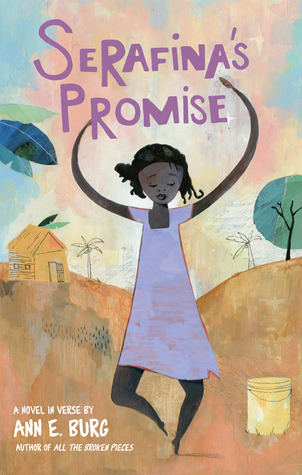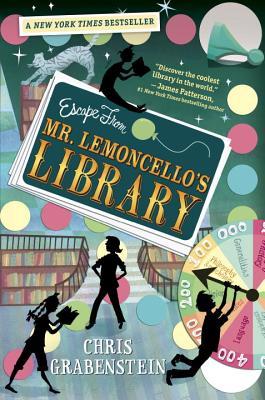This year marked my third venture as a Cybils (Children's and Young Adult Blogger's Literary Awards) panelist. In 2011 I was a first round panelist for middle grade fiction (everything except speculative fiction), which meant I got to speed-read 140 novels between October and December. In 2012 and 2013, I chose a more sedate position--that of a second round judge. A second-rounder has to read a mere five or six titles--those on the shortlist--and crown a winner.
This year, the finalists were:




Here's a brief description of each one of them, starting with the winner:
Ultra by David Carroll:
Quinn has been called a superhero and a freak of nature, and at age 13, takes on the challenge of his life when he enters his first ultramarathon: a grueling 100-mile, 24-hour-long race that pushes him to the limit.
Escape from Mr. Lemoncello's Library by Chris Grabenstein:
Twelve-year-old Kyle gets to stay overnight in the new town library, designed by his hero, the famous gamemaker Luigi Lemoncello, with other students but finds he must work with friends to solve puzzles in order to escape.
Prisoner B-3087 by Alan Gratz:
Based on the true story of Jack and Ruth Gruener, this book shares a story of survival from the Nazi occupation of Kraków through a series of concentration camps to the final liberation of Dachau.
Serafina's Promise by Ann E. Burg:
In a poor village outside of Port-au-Prince, Haiti, Serafina works hard to help her family, but when an earthquake hits, she must summon all her courage to find her father and get medicine for her brother.
The 14 Fibs of Gregory K. by Greg Pincus:
Eleven-year-old Gregory Korenstein-Jasperton likes to write stories and poems and is not excited by math, but he has a problem--he is the middle child in a family of math geniuses, and his father expects him to participate in the City Math contest.
I thought they were all worthy finalists. And I would dearly love to share the reading experience with middle grade readers. So, if you are a teacher or a librarian, or have middle grade kids of your own, leave a comment saying which one of these titles you would like to win for your classroom, your library, or your kids' bookshelf. Extra points for tweeting or sharing to Facebook--just leave me the links in the comments.














